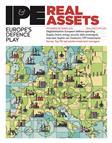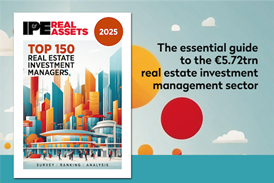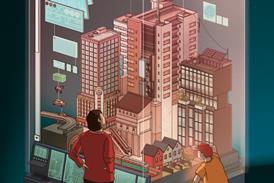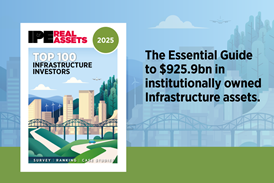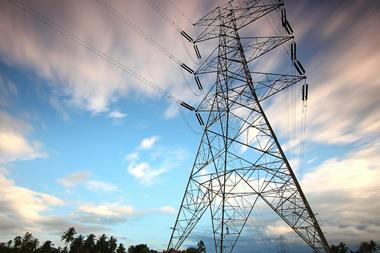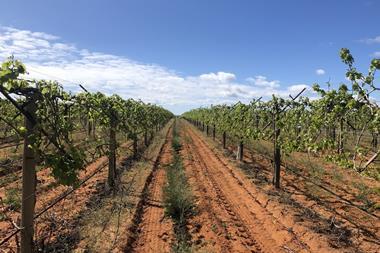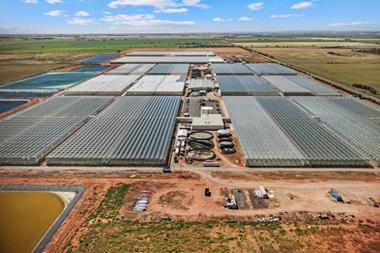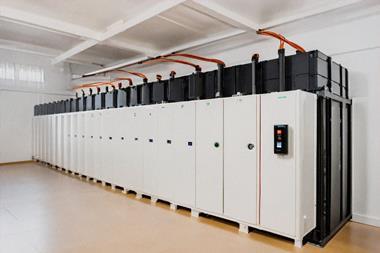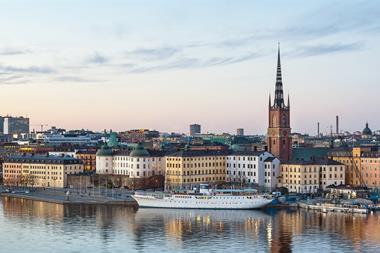As global debt grows and trust in ‘paper promises’ fades, productive land is emerging as the new ultimate hedge – just as Zoltan Poszar predicted – writes Eoin McDonald
When perma-bear Zoltan Poszar warned the global financial system was drifting toward “outside money” – gold, commodities, productive land – most people politely nodded, checked their Treasury yields, and kept buying tech stocks. Some didn’t even bother with polite.

For those reliant on central bank press releases, outside money sounded like the sort of thing you’d hear after a few Negronis too many at a Bretton Woods reunion. Yet here we are.
Gold’s rally reflects a potent cocktail of forces. Washington’s fiscal trajectory has become a global concern, with US public debt surpassing $34trn (€29.3trn). The International Monetary Fund (IMF) warns that worldwide public borrowing could breach $100trn by 2026, driven largely by advanced economies. Inflation remains stubbornly elevated. Geopolitical fault lines are deepening.
Against this backdrop, the instinct to seek shelter in tangible assets is understandable. Central banks are buying physical assets at a rate not seen since the 1960s. Maybe Poszar wasn’t drunk on negronis. Maybe he was just early.
If the rally in gold is just the warm-up act, farmland could be next on stage. Over the past three decades, US farmland delivered average annual returns of 10.3%, outpacing equities with roughly half the volatility. Even during periods of severe financial stress, farmland values proved remarkably resilient. It shrugged off the 2008 financial crisis. It barely blinked during Covid. Crops grow whether Silicon Valley has a strong quarter or not.
Unlike bullion, farmland generates a steady income stream through crops and leases, offering protection against both capital erosion and income loss. Farmland works for a living. In a world where “financial assets” increasingly mean “politicians making promises you really hope they keep,” owning the dirt that grows the food starts to look… less medieval, and more mandatory.
The drivers aren’t subtle: inflation that won’t die; fiscal dominance so obvious even the Fed has stopped pretending; a slow, steady erosion of trust in dollar-based claims. The IMF now expects global public debt to hit $100trn by 2026, at which point we’ll probably be minting 3D-printed platinum coins and calling it monetary innovation.
Meanwhile, emerging-market central banks are quietly bailing out of Treasuries and buying physical stuff – gold, land, commodities. Real flows, not white papers.
Farmland fits into Poszar’s predicted and new world disturbingly well. Unlike gold, farmland isn’t just a static hedge. It’s a productive engine tied to real demand: climate stress, population growth, resource constraints and, increasingly, geopolitical food fights. In a world breaking apart into regional blocs, whoever controls the calories controls the story.
Of course, farmland isn’t perfect. Weather impacts prices. It’s less liquid than a Treasury ETF. And owning it means dealing with actual human beings, pests, commodity markets, and lawsuits about runoff. But as financialised safety loses its halo, productive ground starts to look less like a rustic novelty, and more like a necessary part of serious capital preservation. The old pillars – ‘inside money’, dollar supremacy, risk-free sovereign debt – aren’t collapsing overnight. So maybe Poszar is still off here. However, they are leaking. Slowly, then a little faster.
Even if the dollar retains its pre-eminence, farmland remains formidable. It offers diversification benefits, low correlation to traditional asset classes, and consistent capital preservation across market cycles. In a world where traditional financial assets may be increasingly vulnerable to political and monetary shocks, owning land that yields real economic value is a prudent form of insurance.
The great rotation isn’t just from risk-on to risk-off. It’s from paper promises to productive soil. From bullion to farmland. From passive defence to active production. From Poszar mockery to reality?
The transition from paper promises to tangible assets is already underway. In a future shaped by fiscal imbalances, geopolitical fragmentation and rising resource constraints, owning the land that feeds the world may prove the ultimate hedge. When the old certainties falter, it won’t be a 1,000-page central bank working paper that sustains societies – it will be the fertile ground itself.
To read the latest IPE Real Assets magazine click here.

